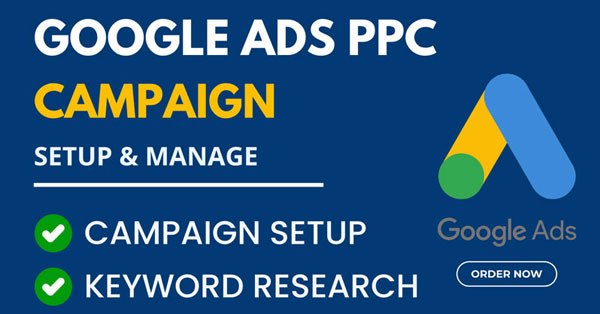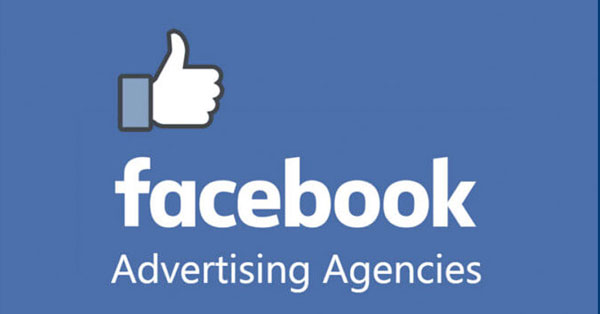In today’s digital landscape, having a website is not enough. To succeed, your website needs to do two critical things: rank high in search engine results and convert visitors into customers. Achieving both requires a strategic approach to web design that balances aesthetics, functionality, and SEO best practices. Here’s how you can create a website that not only ranks well but also drives conversions.
1. Focus on User Experience (UX)
User experience is the foundation of a high-performing website. A site that’s easy to navigate, visually appealing, and fast-loading will keep visitors engaged and encourage them to explore further. Key elements of good UX design include:
- Intuitive navigation: Make it easy for users to find what they’re looking for with clear menus and logical page hierarchies.
- Mobile responsiveness: Ensure your site functions seamlessly on all devices, as mobile-friendliness is a key ranking factor.
- Fast load times: Use optimized images, compressed files, and efficient coding to reduce page loading times. Slow sites lead to higher bounce rates, which can negatively impact both rankings and conversions.
2. Prioritize Search Engine Optimization (SEO)
To rank on search engines like Google, your website must be optimized for SEO. Incorporate these best practices into your web design:
- Keyword research: Identify relevant keywords and integrate them into your site’s content, headings, meta descriptions, and URLs.
- On-page SEO: Optimize title tags, meta descriptions, alt text for images, and internal linking to improve search engine visibility.
- Structured data: Use schema markup to help search engines understand your content and display rich snippets in search results.
- Content optimization: Create high-quality, valuable content that addresses your audience’s needs and includes keywords naturally.
3. Create a Conversion-Focused Design
Ranking high in search results is only half the battle—your site must also convert visitors into leads or customers. Conversion-focused design involves:
- Clear calls-to-action (CTAs): Use prominent, action-oriented CTAs like “Buy Now,” “Get a Free Quote,” or “Sign Up” to guide users toward desired actions.
- Engaging visuals: Incorporate high-quality images, videos, and graphics to make your site visually appealing and reinforce your brand message.
- Simplified forms: Make it easy for visitors to contact you or complete a purchase by using short, straightforward forms.
4. Optimize for Accessibility
An accessible website ensures that all users, including those with disabilities, can navigate and interact with your site. Implement accessibility features like alt text for images, keyboard-friendly navigation, and high-contrast color schemes to make your site inclusive and improve its usability.
5. Build Trust and Credibility
Trust is essential for conversions. Include elements that establish credibility, such as:
- Testimonials and reviews: Showcase feedback from satisfied customers.
- Trust badges: Highlight certifications, secure payment icons, or awards.
- About page: Share your story, mission, and team to build a personal connection with visitors.
6. Use Analytics to Refine Your Site
A successful website is never static—it evolves based on user behavior and performance data. Use tools like Google Analytics to monitor key metrics such as bounce rates, conversion rates, and traffic sources. Regularly update your site based on these insights to improve rankings and conversions.
Conclusion
Designing a website that ranks well and converts effectively requires a thoughtful combination of SEO, user experience, and conversion-focused elements. By prioritizing functionality, optimizing for search engines, and creating a user-centric design, you can build a website that not only attracts visitors but also turns them into loyal customers. With the right strategy and ongoing improvements, your website can become a powerful tool for growing your business in the digital age.















